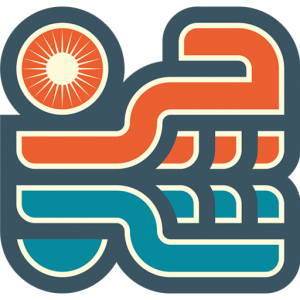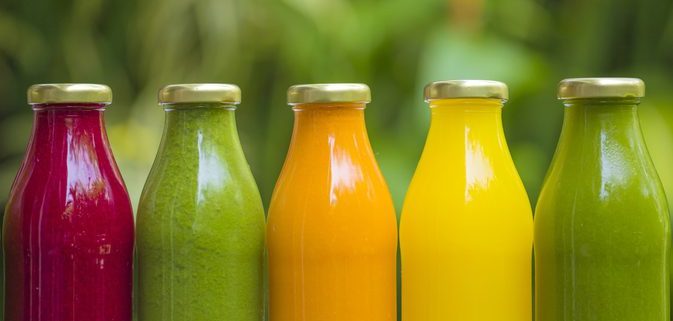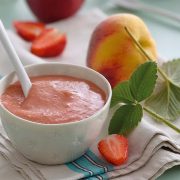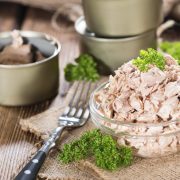Fruit Juice Processing line
One of the most important lines in the food industry is the fruit juice processing line. In this article, we will explain the various stages in the juice processing line.
Steps to reach final product:
Fruits generally need to process the following steps to achieve the desired product. The following are the processing steps.
Step 1: Juice Extraction
In the step of juice process, pulp from the fruit must be extracted. In the case of citrus, this is easily done with a hand presser or a revolving citrus. Other fruits such as mango, guava, soursop, etc. require pulping (after peeling and stone removal, the flesh of the fruit is pushed through a perforated metal plate.)
For large-scale production, an industrial pulper-sieving machine is necessary.
Step 2: Preparation
When the juice or pulp has been collected, it is necessary to prepare the batch according to the chosen recipe. This is very much a matter of choice and judgement, and must be done carefully to suit local tastes. Juices are sold either pure or sweetened. Fruit squashes would normally contain about 25% fruit material mixed with a sugar syrup to give a final sugar concentration of about 40%. These are diluted with water prior to use and as the bottle is opened, partly used and then stored, the addition of a preservative is necessary.
In all cases, sugar syrups should be filtered through muslin cloth prior to mixing to remove
Step 3: Pasteurization
All the products mentioned above need to be pasteurized at 80-95°C for 1-10 minutes prior to filling hot.
To avoid the use of large expensive, stainless steel pans, a large aluminum pan can be used to boil sugar syrup. A given amount of the syrup is then mixed with fruit juice in a small stainless-steel pan and this increases the temperature to 60-70°C. The juice/syrup mixture is then quickly heated to pasteurizing temperature.
The next industrial jump in pasteurization is, unfortunately, expensive in that it involves the purchase of a double-jacketed steam kettle in stainless steel and a small boiler.
Step 4: Filling & Bottling
In all cases, the products should be hot-filled. A stainless-steel bucket, drilled to accept a small outlet tap, has proved to be a very successful filler. Output can be doubled quite simply by fitting a second tap on the other side of the bucket. This system has been used to produce 500-600 bottles of fruit juice per day.
After filling hot, the bottles are capped and laid on their sides to cool prior to labeling.
Care is needed when producing pineapple juice due to a heat resistant enzyme in the juice. The enzyme damages skin after prolonged contact and workers should therefore wear gloves to protect their hands. The juice must be heated to a higher temperature for a longer time to destroy the enzyme (boiling for 20 minutes).
Step 5: Quality Control in fruit juice processing line
As in all food processing enterprises it is necessary to ensure that the fruit products are correctly formulated and priced to meet the customer’s requirements, and that production costs are minimized to ensure that a profit is made. The quality of each day’s production should be monitored and controlled to ensure that every bottle of juice has the correct keeping and drinking qualities. In particular, the following points should be observed:
Only fresh, fully ripe fruit should be used; moldy or insect damaged fruit should be thrown away. All unwanted parts (dirt, skins, stones etc.) should be removed.
All equipment, surfaces and floors should be thoroughly cleaned after each day’s production.
Water quality is critical, if in doubt use boiled water or add one tablespoon of bleach to each gallon of water to sterilize it. If water is cloudy, a water filter should be used.
Pay particular attention to the quality of re-usable bottles, check for cracks, chips etc. and wash thoroughly before using. Always use new caps or lids.
The temperature and time of heating are critical for achieving both the correct shelf life of the drink and retaining a good color and flavor. A thermometer and clock are therefore needed.
The correct weight should be filled into the bottles each time.
These factors are important because a customer will stop buying the products if the quality varies with each purchase.
Introducing various equipment in the fruit juice processing line
In this section, we will briefly introduce the various equipment in the fruit juice processing line.
Bottle washing machine
This machine is used to clean all bottles and prevent contamination before filling.
Fruit cleaning machine
This machine is used to clean all fruits before entering the process.
Water purifier
The equipment is designed to ensure that the water you use is properly filtered to achieve the required purity.
Separator filter
This separator easily separates the pulp from pure juice.
Pulp collecting tanks
These reservoirs are used for collecting and storing pulp, which can be added to or refined after the juice production process or can be used for other uses.
Concentrate
Concentrate equipment that reduces the water in the juice to increase its concentration and can be kept longer.
Homogenization process
Homogenizers that combine the fluid uniformly to make the mixture compatible.
Pasteurization process
This process is planned to ensure that all potentially harmful microorganisms are killed in fruit juice. Not only does microorganisms cause the main taste of the juice to disappear, it can make the consumer sick. A quality pasteurizer ensures that this does not happen.
Mixing tank
These tanks are in different sizes, including large containers for concentrate mix, fruit pulp, water, flavor, color, preservative, etc.
Filling and packaging equipment for bottles
These devices are automatically designed to minimize the number of employees.
Transportation equipment
Transport systems that deliver products from one process to another securely.
Consulting in the field of fruit juice production line
If you are interested in building and equipping a fruit juice line, contact our colleagues at Shabchare to get advice from us.








Leave a Reply